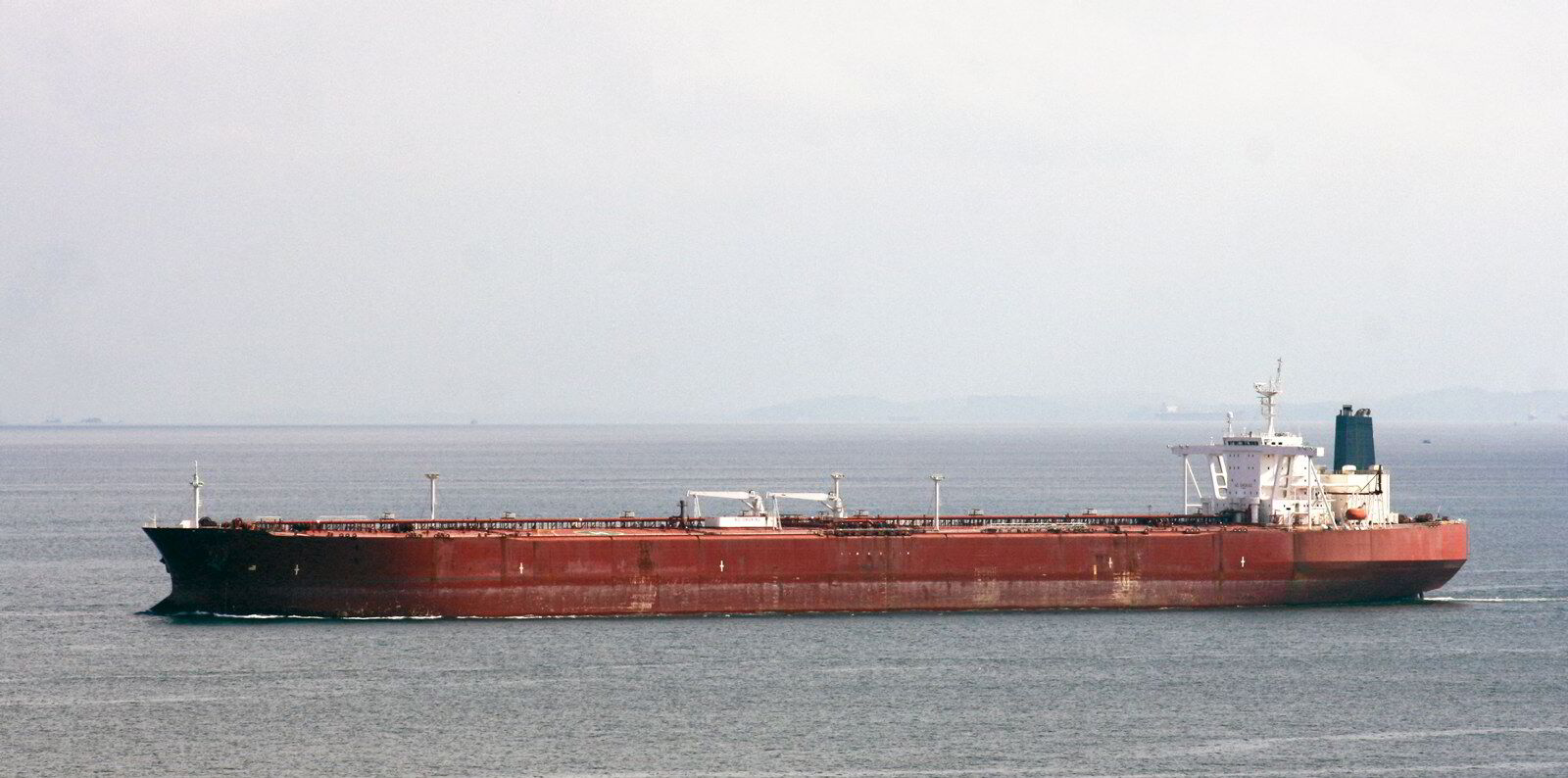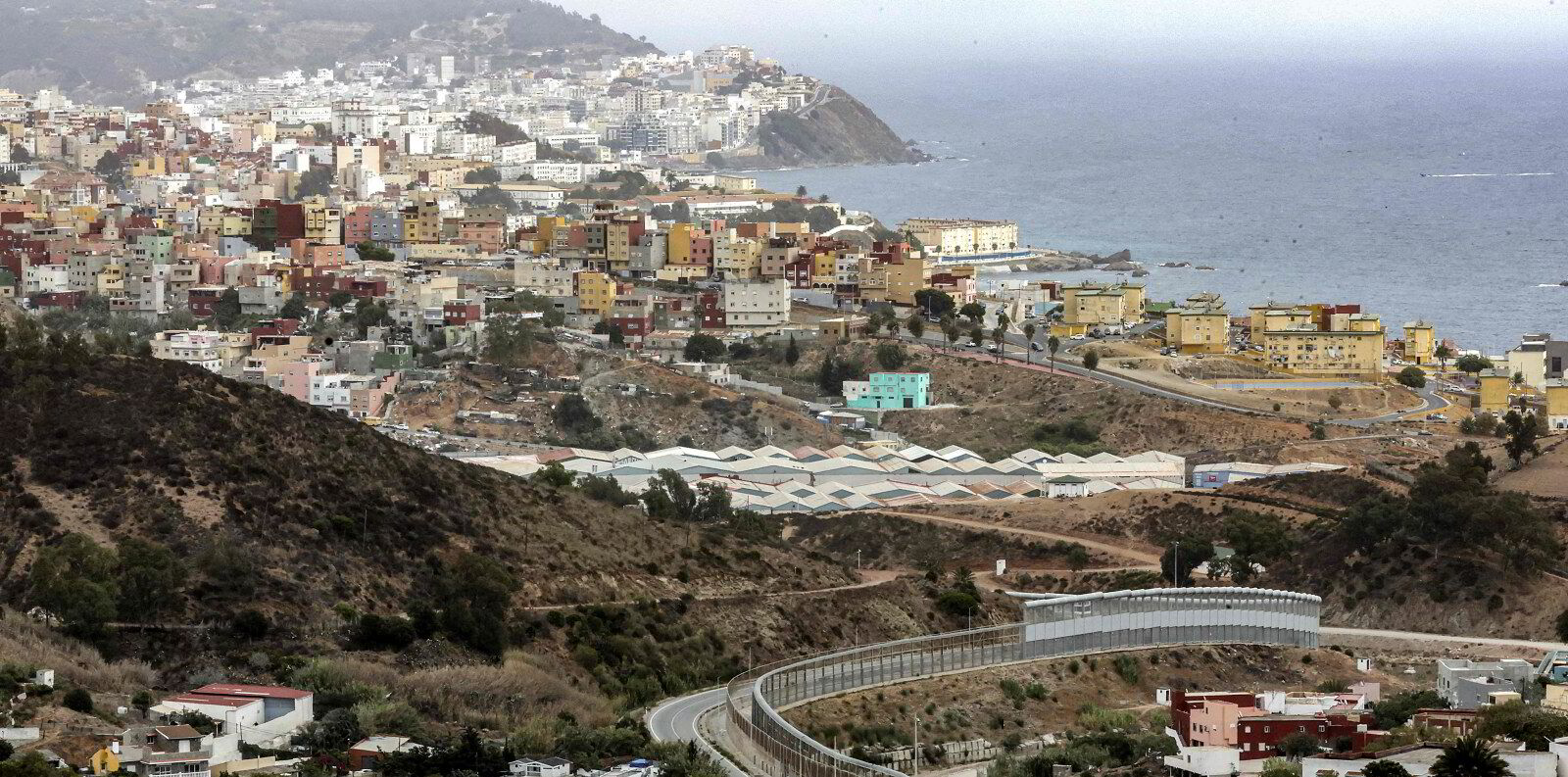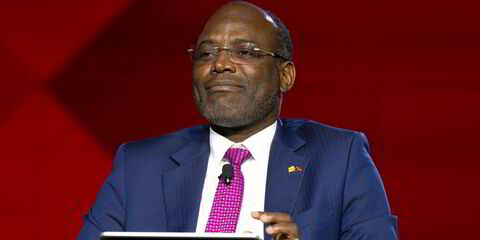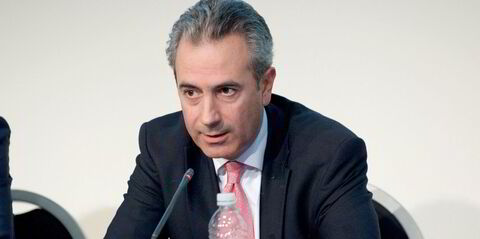Hunter Group believes it has passed its own version of the Cape of Good Hope.
The Oslo-listed VLCC charter player reported a $5.8m loss for the third quarter, but insists rates have begun climbing and are nearing its breakeven level.
“Thus far, the winter market has underperformed our expectations,” chief executive Erik Frydendal said.
“However, increasing global oil demand, minimal fleet growth, a potential rebound in Chinese oil imports and indications of a ‘maximum pressure’ strategy from the US towards Iran suggest that we may have passed the Cape of Good Hope.”
In addition to weak Chinese oil demand, the company pointed out the crude the country was importing was increasingly coming on dark fleet ships — vessels outside of mainstream shipping that carry illicit oil from Russia, Iran and Venezuela.
It said 15% of Chinese seaborne crude imports were brought on dark fleet ships in 2021, a figure that has since rose to 30%.
That helped hold its average time charter fixed-out rates to $33,360 per day, $18,390 per day lower than the $51,750 per day it was paying on average to charter-in its fleet.
But that spread had narrowed to $9,880 to 20 November, as Hunter Group is fixing its vessels out for $42,000 per day and paying an average of $51,880 per day.
The Morten Astrup and Arne Fredly-backed company also trumpeted positive oil demand forecasts for 2025 from Opec, the International Energy Agency and the US Energy Information Administration as positives for the market, alongside rising demand from China, based on its $1.4trn stimulus package.
It also expects US pressure to put more Chinese imports on mainstream tankers, as it is expected to crack down on Iran once President-elect Donald Trump takes office in January.
For the third quarter of 2023, Hunter Group recorded a $420,000 loss.
But that was before it had struck a deal to charter in a VLCC.
Until that point, its primary focus was developing liquefied CO2 carriers, a project it is still pursuing.





